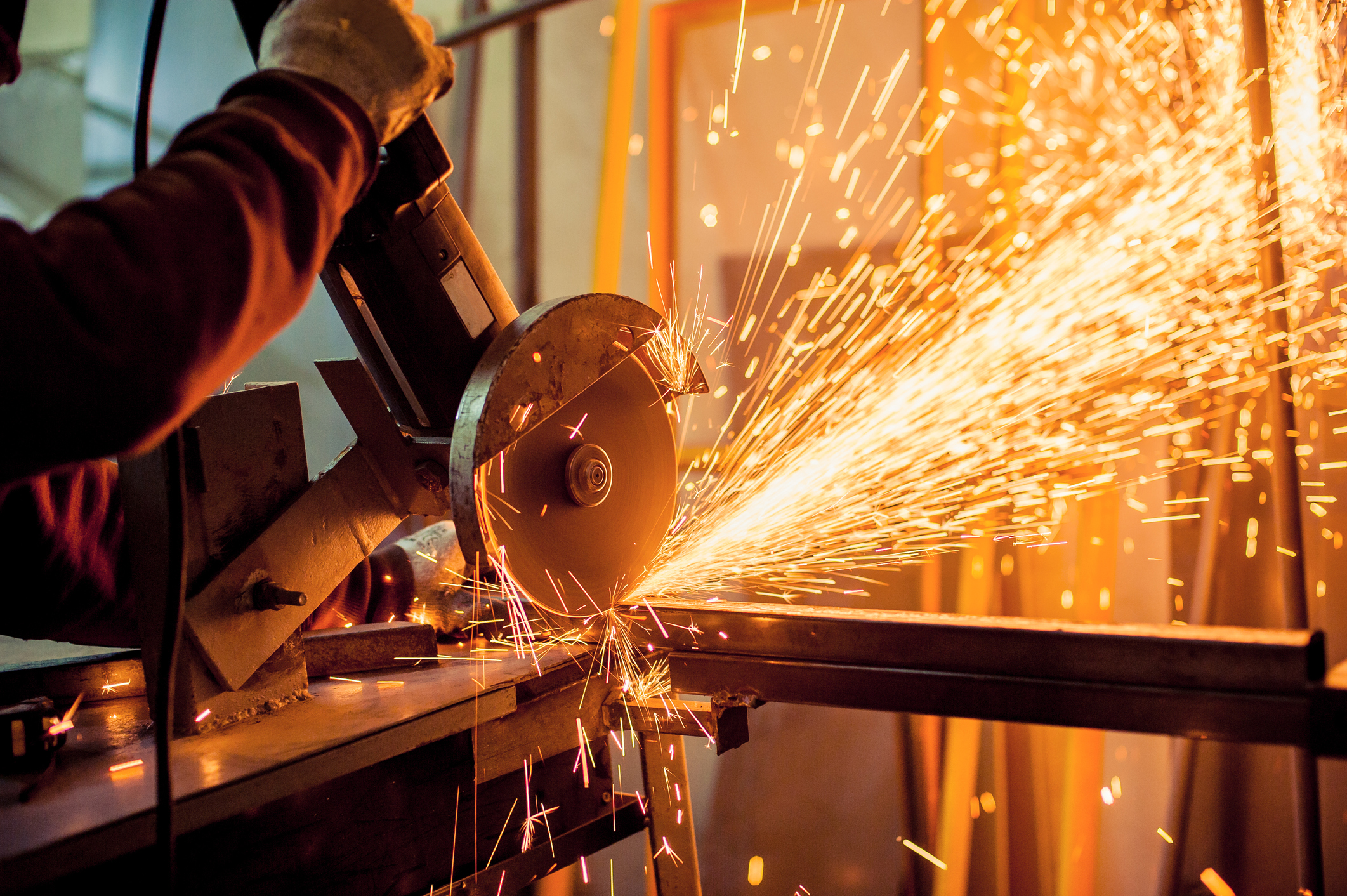The construction industry is booming, but labor is scarce.
From the outside looking in, the construction industry appears to be in a great state. Business is more than steady. There’s a high demand for construction projects, and plenty of work to go around. But, that’s where the struggle begins. While there is no shortage of construction projects to be completed, there aren’t enough skilled construction workers to get it all done.
In addition to a lack of skilled labor, the price of materials is rising. According to ABC Chief Economist Anirban Basu, “In 2018, construction material prices increased almost 10% from the previous year, with key materials rising even more dramatically: the cost for crude petroleum rose by 49%, iron and steel went up 14%, and softwood lumber jumped 23% from the year before.”
Impact on the Construction Industry

- Skilled workers are being asked to do more work
- Firms are struggling to meet deadlines
- Costs for new work are increasing
- Firms are rejecting a larger number of new projects
- The industry isn’t meeting demands
According to the Maine Department of Labor, Maine lost around 2,400 construction workers from 2006 to 2018. And, according to ACG, Maine construction jobs have decreased from 28,300 in November 2017 to 28,100 in November 2018. Many of these workers were highly skilled, and either left the industry or the area altogether. Hence, Maine was left with Maine with a gaping hole in its skilled construction labor workforce.
What’s Causing the Shortage?
There are several factors contributing to the shortage of skilled labor and the lack of growth in labor:
1. Industry Misconceptions
One of the most significant factors is the industry’s image as a whole. Individuals coming into the workforce, or considering future careers aren’t attracted to the industry. This is partly due to misconceptions about the industry. And the result is fewer workers choosing a career in construction. Some common misconceptions include:
- Construction jobs are “dirty”
- The work requires “brute strength”
- Construction is a “job”, not a career
2. A Lack of Awareness
Young workers considering their future career path aren’t always aware of the great opportunities available in the construction industry. Despite the misconceptions noted above, many working in the industry say there are good reasons to work in the construction industry. Some of these include:
- Good pay
- Opportunities for advancement
- Ability to learn new skills on the job
3. An Aging Population & Competing Industries
Many of those who grew up working in the industry are getting older and retiring. Or, they are leaving the industry for a less physical job. These workers aren’t being replaced nearly as quickly as they’re being lost. Many have left the industry over the years for various reasons. And, unfortunately, they haven’t returned due to an increasing interest in other sectors like the healthcare and social work industries.
Changing the Construction Industry’s Perception
An increasing loss of skilled labor has construction leaders thinking, “How can we change the perception of the industry – to one that our youth will want to be a part of long-term?” Some examples of ways the industry is working toward changing the perception include:
Vocational Training
More and more technical and vocational training opportunities are being developed and made available to students. Although progress is slow, this will eventually result in an increase in skilled workers in U.S. construction.
Internship & Apprentice Programs
The development of college internship and apprenticeship programs helps to draw in younger workers to the industry. By gaining access to hands-on training and experience, younger generations will be more likely to gain interest in and pursue careers in the industry.
A great example of such an apprenticeship program is Project Jumpstart. This program is an 87-hour course for Baltimore residents considering working in construction. The program’s goal is to attract and retain construction talent in the area.
Better Recruiting
Recruiting is becoming increasingly important in the construction industry. Encouraging young talent to invest in a career in the construction industry can’t stop at college internships and apprenticeships. And recently, construction companies are realizing they need to do their part as well.
Some industry professionals are looking to veterans as a source of skilled laborers. Instituting great mentoring programs is another way firms are attracting great talent and retaining workers for the long-term.
Better Cultures
Beyond recruiting, construction firms are investing in creating a culture that’s attractive to the type of talent there recruiting. Today’s workers want more flexibility, great pay and benefits, and a work culture they can see themselves being a part of. Companies that understand this will have better luck recruiting today’s workforce.
Better Training
By offering new hire training and ongoing training, companies are providing long-term value to potential employees. Construction companies are investing in in-depth and ongoing training for existing workers so they can retain them for longer. As a result, many Maine businesses are investing more in training and development in 2019.
Workplace Safety
Today’s construction firms should understand the importance of employee safety. Providing ongoing safety training and creating procedures and processes around maintaining high levels of safety is critical to any successful construction firm. As such, firms with clear values around employee safety are seeing better results with recruiting.
Advanced Technology
Businesses throughout Maine (and the U.S.) are investing in more advanced technology to help them work faster and produce more with what they have. While it may be helping in the short-term, it will be tough to keep up with the shortage of labor.
What the Future Holds for the Construction Industry
The reality is that there’s a lot of work to be done in the state of Maine and throughout the country to improve the situation. The good news is, much of the work has already begun. Construction firms are starting to realize the impact of the labor shortage, and are doing everything they can to fill the gap. It will take some time, but we’ll get there.




